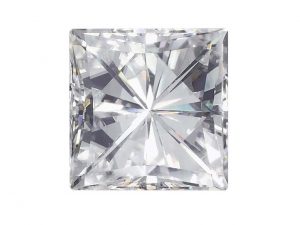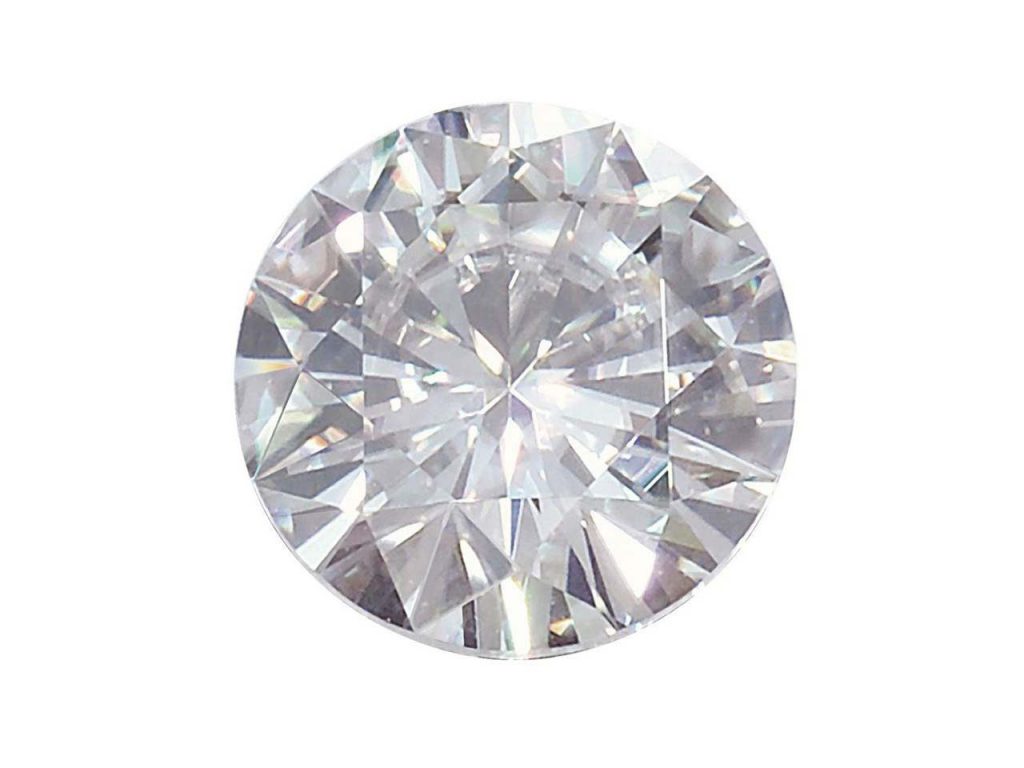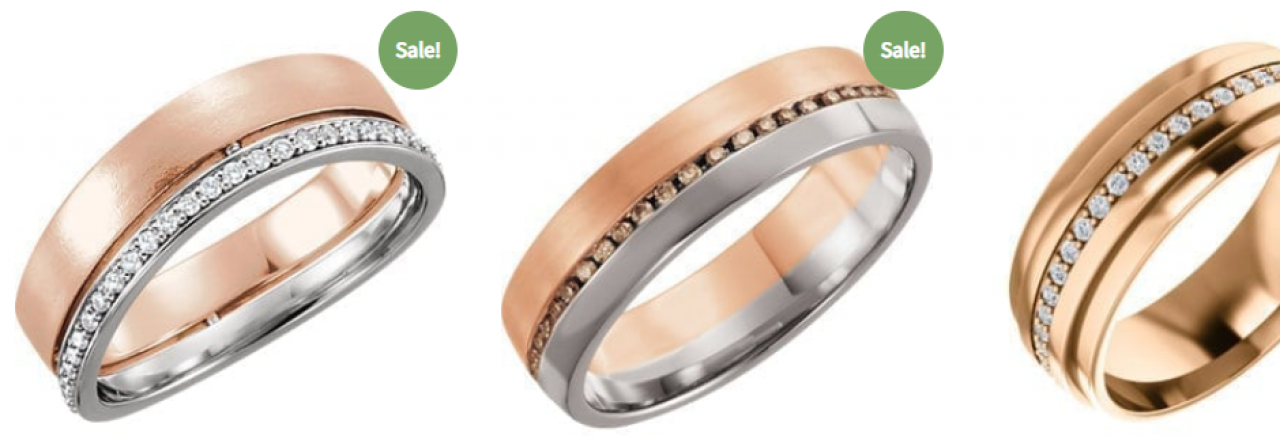 Since its 1893 inception in a meteor crater, moissanite has been regarded as a rare and scarce mineral, bolstering its desirability among consumers and jewellery makers alike. Moissanite is often used as an alternative to the diamond in jewellery making, and many people are unable to tell the two gemstones apart.
Since its 1893 inception in a meteor crater, moissanite has been regarded as a rare and scarce mineral, bolstering its desirability among consumers and jewellery makers alike. Moissanite is often used as an alternative to the diamond in jewellery making, and many people are unable to tell the two gemstones apart.
But there are ways to tell the difference between these two precious stones. If you’re debating using moissanite as part of your next jewellery making project, or you’re simply curious about the stone and its synergy with the diamond, read on to find out more!
Firstly, is moissanite a diamond?
No, moissanite is not a diamond.
In our article “What Is Moissanite?” we delve further into the origins of moissanite, its chemical formula and refractive index. But for now, moissanite is an entirely different stone to the diamond. While moissanite may look almost identical to the diamond, it is not the same entity.
You may be wondering “is moissanite a natural gemstone?”, to which the answer is technically yes. However, given moissanite’s rarity, it is mostly synthetically produced.
Moissanite vs. Diamond: Value
Is moissanite valuable? The price you pay for moissanite stones can differ greatly.
Moissanite gemstones are a fraction of the price of diamonds. The cost of a moissanite stone will only really vary with sizing. Typically, a moissanite stone will sell for 10 or 15% of the price of a diamond, with similar clarity and cut.
Moissanite vs. Diamond: Hardness
Both consumers and jewellery makers favour harder stones due to their ability to withstand knocks and accidents without getting scratched easily. That’s partly why diamonds are so desirable, with a score of 10 on the Mohs scale.
But moissanite doesn’t differ all that much. At 9.5 on the Mohs scale, moissanite scores higher than any other gemstone besides than the diamond.

Moissanite vs. Diamond: Clarity and Colour
Does moissanite look like a diamond? Diamonds can be graded on colour, but moissanite cannot. Instead, moissanite is graded by its closeness to being colourless.
- Grade 1: Colourless (D-E-F)
- Grade 2: Near-colourless: (G-H-I)
- Grade 3: Faint colour: (J-K)
As for inclusions, moissanite can commonly have needle-sized inclusions that are invisible to the naked eye. Most gemstones feature inclusions as they are part of the crystalline structure and are unique to every stone. You can see them under magnification, but they don’t compromise the clarity.
Due to moissanite’s natural occurrence being so rare, it is typically manufactured in labs. This means lab conditions can control how the stones look and can remove any internal flaws that could compromise clarity.
Moissanite vs. Diamond: Brilliance
Heralded for its ability to reflect white light better than a diamond, moissanite has a BRI (brilliance refractive index) score of approximately 2.65 – 2.69. The diamond has a BRI score of 2.42.
Moissanite’s brilliance is simply what makes it sparkle. And because it’s less likely to get greasy and dirty, it will stay sparkly for longer in between cleanings.
If you want to compare moissanite’s brilliance to gemstones other than the diamond, we’ve included some examples below:
- Ruby – BRI 1.77
- Sapphire – BRI 1.77
- Emerald – BRI 1.58
So, is moissanite a good diamond alternative?
Now you’re aware of the differences between moissanite and diamonds, you’ll be able to make your own judgement on whether moissanite would make a good diamond alternative. Moissanite has features that outshine the diamond, but diamonds are marketed to evoke tradition, beauty and magical quality.
If you’d like to learn more about moissanite and its properties, check out our article “What Is Moissanite?”. Or if you’re searching for moissanite to use in your next jewellery making project, browse our selection of moissanite gemstones at Cooksongold today.
<!–
–>
source https://diamonds-jewelry.net/top-posts/moissanite-vs-diamond-whats-the-difference/
